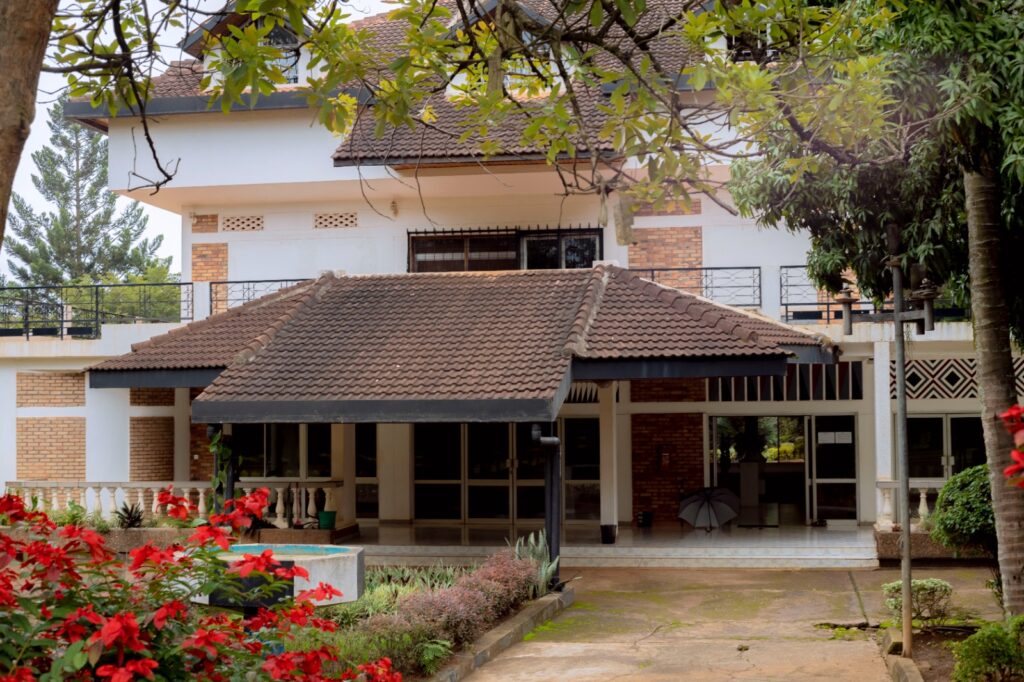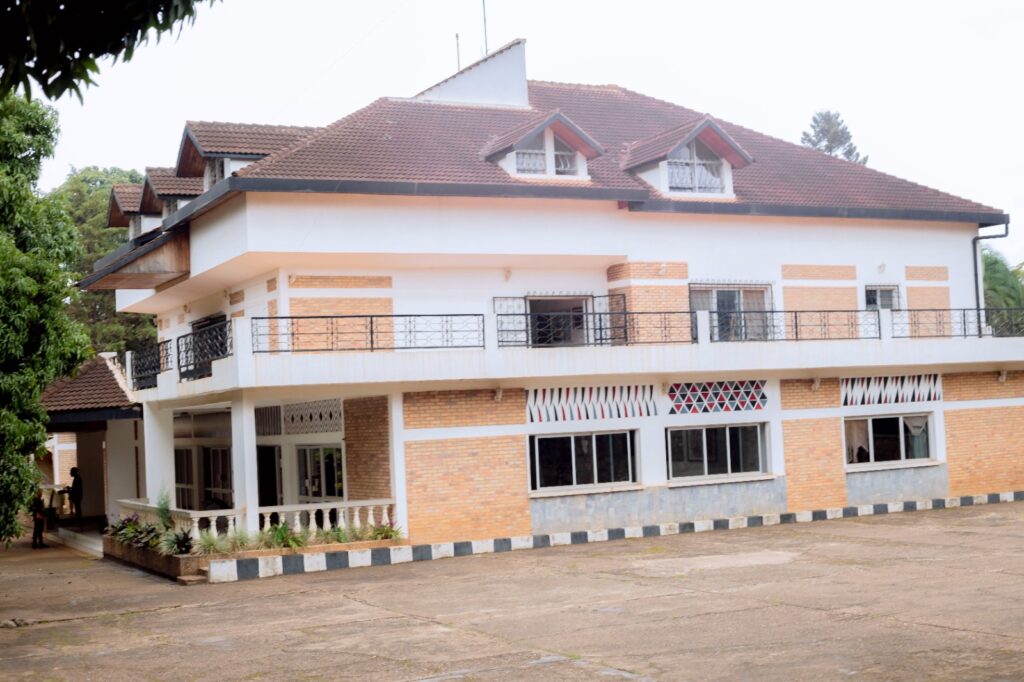The Rwanda Art Museum’s Historical Transformation
Snuggled amongst the rolling hills of Kigali, Rwanda stands a majestic building that whispers tales of a nation’s past and present. Formerly the Presidential Palace, this historic imposing structure has undergone a remarkable transformation, shedding its political cloak to become the vibrant Rwanda Art Museum (RAM), a beacon of contemporary art and cultural exchange.
Built in 1922 during Belgian colonial rule, the building initially served as the residence of the Governor of Ruanda-Urundi, the administrative territory encompassing present-day Rwanda and Burundi. Its grand architecture, reminiscent of European colonial styles, reflected the power and authority of the colonial regime.
In 1962, with Rwanda’s independence, the palace became the official residence of the country’s first president, Grégoire Kayibanda. It witnessed pivotal moments in Rwandan history, hosting dignitaries, diplomatic events, and shaping the nation’s early political landscape. However, the building also became a silent observer to the country’s darkest hours. In 1994, the Rwandan genocide unfolded, leaving behind a trail of devastation. The palace was not spared, with the scars of violence etched onto its walls and floors.
From political power to artistic expression
Following the genocide against the Tutsi in 1994, the Rwandan government embarked on a journey of reconciliation and healing. Recognizing the need for a space dedicated to artistic expression and cultural dialogue, a decision was made to transform the Presidential Palace into a museum.
In 2017, after extensive renovations and restorations, the doors of the Rwanda Art Museum opened to the public. The museum’s transformation was more than just a physical renovation; it represented a symbolic shift, signifying a move away from the building’s association with political power and towards its role as a platform for artistic expression and cultural exchange.


A Vibrant Hub for Contemporary Art
The RAM today is a dynamic space that showcases contemporary art from Rwanda and beyond. Its vast halls and galleries are adorned with diverse works, ranging from sculptures and paintings to installations and photography. The museum also houses a library, research center, and auditorium, providing resources for art enthusiasts and scholars alike.
The RAM’s collection reflects the complex tapestry of Rwandan history and culture. Works by established Rwandan artists like Eric Manzi, Emmanuel Nkuranga, and Aimé Mpiranya explore themes of resilience, identity, and cultural memory. International artists also contribute to the museum’s diverse landscape, offering global perspectives on contemporary art.
A Platform for Dialogue
The RAM goes beyond simply displaying art; it aims to be a vibrant hub for cultural exchange and community engagement. The museum regularly hosts workshops, educational programs, and artist talks, fostering dialogue and providing opportunities for artistic discovery.
The RAM’s transformation from a symbol of political power to a platform for artistic expression is a testament to Rwanda’s resilience and commitment to cultural development. The museum stands as a reminder of the country’s past, while simultaneously looking towards a future filled with artistic creativity and cultural exchange.
The Rwanda Art Museum is a living monument that embodies the spirit of a nation in transformation. Its journey from Presidential Palace to contemporary art oasis reflects Rwanda’s resilience and ability to find healing and hope through artistic expression. As the museum continues to evolve and grow, it undoubtedly will remain a vital force in shaping Rwanda’s cultural landscape and promoting artistic dialogue on a global stage.


Leave a Reply